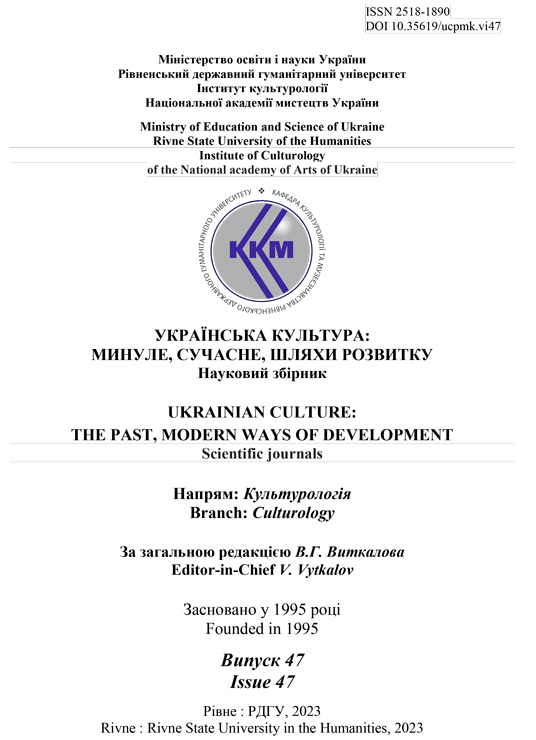THE DEFINITION OF «CULTURAL HERITAGE SITE» IN THE LEGISLATION OF POLAND AND UKRAINE
DOI:
https://doi.org/10.35619/ucpmk.v47i.737Keywords:
cultural heritage site, heritage registration, heritage register, criteria for selection of heritage sites, protecting the heritage, territory spatial planning.Abstract
The legislation on the protection of cultural heritage of the Republic of Poland is considered in a comparative aspect with the legislative norms of Ukraine. An analysis of the heritage registration at the level of the state, voivodeship, and commune was carried out. The Ministry of Culture and National Heritage of the Republic of Poland keeps records of national heritage monuments. The voivodeship conservator of monuments records monuments in the heritage register, which is actually an analogue of the Ukrainian category of monuments of local importance. The voivodeship conservator also keeps records of all monuments in the territory of his jurisdiction. The accounting of monuments at the level of the commune (local self-government body) includes all monuments located on the territory of the commune – included in the voivodeship heritage register and those not included in the heritage register. Polish legislation defines a monument as an immovable property or movable property, their parts or teams, which are the work of man or associated with his activity and constituting a certificate of past age or an event whose conduct is in the social interest due to the possessed historical, artistic or scientific value. Types of value actually meet the criteria for
recognition of the object as a monument of cultural heritage. Special criteria for including a monument in the register have not been developed. Polish legislation offers a fairly detailed classification of cultural heritage monuments.
Among the norms of the Polish legislature on the protection of cultural heritage that can be implemented in Ukrainian legislation, we highlight the following. First, it is the presence of a single state department for the protection of cultural heritage for all types of monuments, which is a separate structural unit. Second, it is a maintaining lists of all objects of historical and cultural heritage within the administrative unit. Third, it is an inclusion of all objects of cultural heritage in spatial development plans, including those that are outside the heritage register. Next, it is an introduction of temporary protection of monuments before their inclusion in the register and the right of state bodies for the protection of cultural heritage to stop work on a monument that is not entered at the heritage register. And, finally, introduction of preferential taxation for owners or users of cultural heritage sites.




